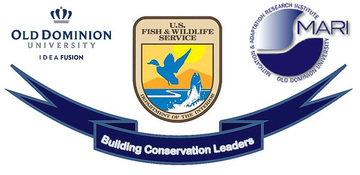Summer 2018: Sustainability Leadership
Class 9 (06/20/2018): Part 1: Ethics and Morality of Conservation - or not to Conserve. Part 2: RecommendationsPart 1: Ethics and Morality of Conservation - or not to ConserveAn important classical work on ethics related to conservation is Aldo Leopold's book A Sand County Almanac and sketches here and there first published in 1949, in which he explores a “land ethics” (see https://www.aldoleopold.org/about/the-land-ethic/) as a basis for conservation. However, today very often, the need and options for conservation are discussed in an economic setting with economic arguments playing an important role in decisions of whether and what to conserve. The question has to be raised whether sustainability can emerge in the current mainstream economic thinking and what ethical and moral problems arise if economic thinking is applied to decision making in conservation. It also has to be asked whether economic thinking as a basis for conservation planning is ethical within the prevailing ethical frameworks. Can we ethically justify that we give priority to those other species that are of benefit for us and provide ecosystem services we value? Reading ListMandatory Readings Lane, M., 2017. A new professional ethics for sustainable prosperity. Center for the Understanding of Sustainable Prosperity (CUSP), html, pdf. Davies, W., 2017. Moral Economies of the Future - The Utopian Impulse of Sustainable Prosperity. Center for the Understanding of Sustainable Prosperity (CUSP), Working Paper No 5, pdf. Additional Readings Agence France-Press, 2018. Giant African baobab trees die suddenly after thousands of years. The Guardian, June 11, 2018. html. Jackson, T., 2016. Beyond consumer capitalism - Foundation for a sustainable prosperity. Center for the Understanding of Sustainable Prosperity (CUSP), Working Paper No 2, pdf. Binswanger, H. C., 1998. The Challenge of Faust. Science, 281(5377), 640-641, DOI: 10.1126/science.281.5377.640, html. Local pdf. Bernstein, S., 2017. How a Math Formula Could Decide the Fate of Endangered U.S. Species. Feds consider "conservation triage" that would let some animals go extinct to save funds for protecting others. Scientific American, html. Hartl, B., 2017. Wyoming Governor Attacks Endangered Species Act. Common Dreams, html. Ferry (2017) (Ferry, D., 2017. It’s Time to Let Certain Animals Go Extinct. Outside online.) Part 2: RecommendationsIt will be important to ensure that the recommendations for the three challenges are tangible and point towards more desirable futures. Reading List |
